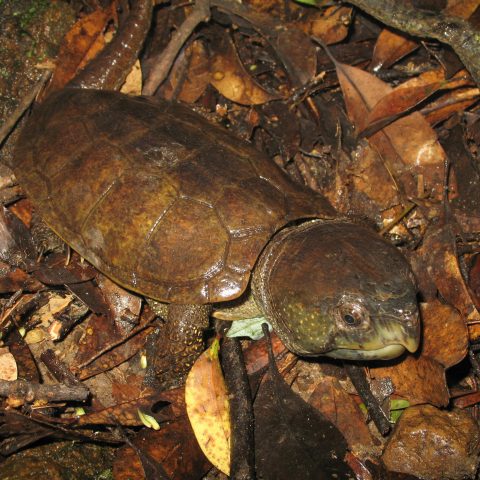Conservation Actions
This species is not known from a protected area. Research is urgently required to study this species' distribution and population status, and to clarify both the impacts of identified threats and effective conservation actions that can be taken, as it is feared that the species may soon be lost without further research and appropriate remedial action (V. Luu pers. comm. 2017)Location Information
This species is known only from a coffee farm near Chu Se Town in Gia Lai Province, in the Central Highlands of Viet Nam (Luu et al. 2017). The known specimens were all collected at 607 m asl. (Luu et al. 2017).Geographic Range
Extant
Viet Nam





